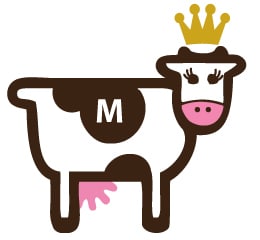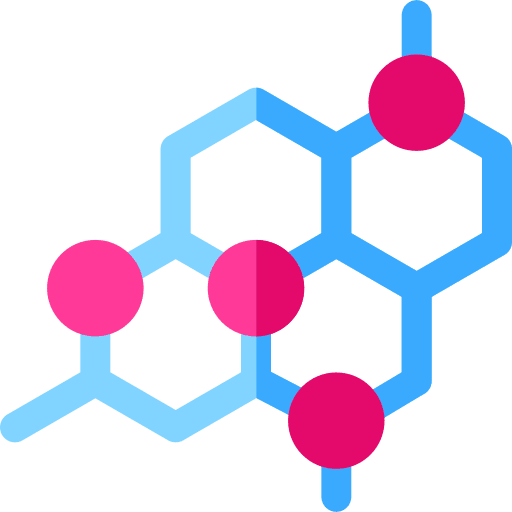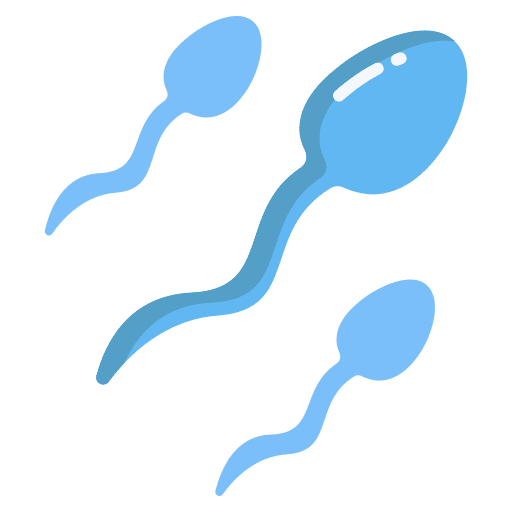Embryo transfer accelerates genetic progress
Embryo transfer is an excellent tool for rapidly improving genetics and enhancing the desired traits in herds. Unlike artificial insemination, which involves using superior sires, embryo transfer dramatically increases the rate of genetic progress because it involves both cows and bulls.
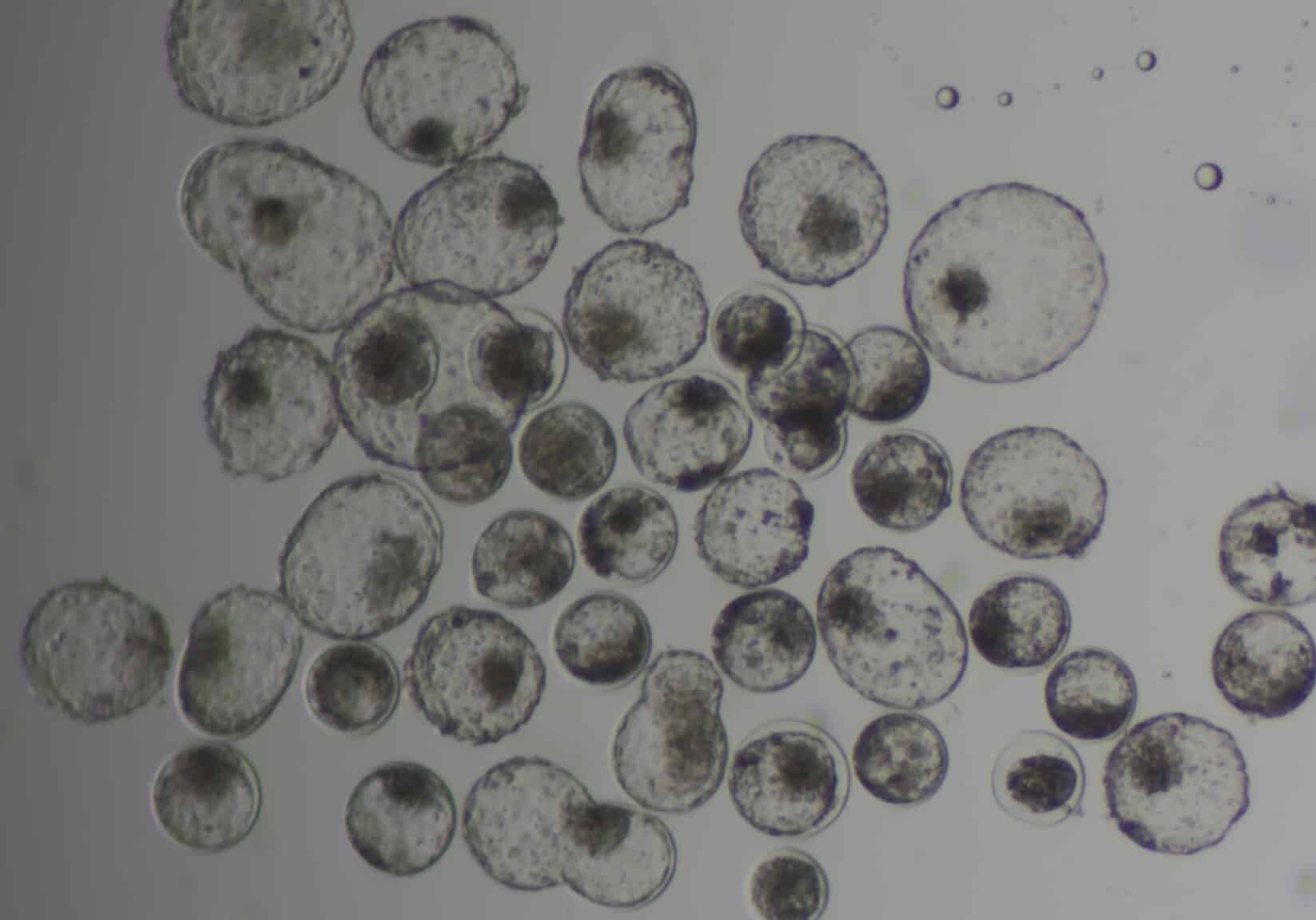
In-vitro fertilization (IVF)
IVF is a reproductive technology in which an oocyte (egg) is obtained from the female and fertilized with sperm in the laboratory. Oocytes are removed from the ovaries of donor cows, selected, and then incubated. Once the eggs have matured, they are co-cultured for fertilization with semen from pedigree bulls. Embryos are kept in a culture medium to develop for a total of seven days, during which each embryo is evaluated for quality and transferable suitability. Embryos are transferred into recipient cows or frozen for future use at this stage.
Embryo cryopreservation
Embryo cryopreservation process allows for the preservation of desirable genetics to be used at a later stage. Embryos are frozen individually. They can be shipped anywhere in the world and enable direct transfer at your choice by any qualified practitioner.
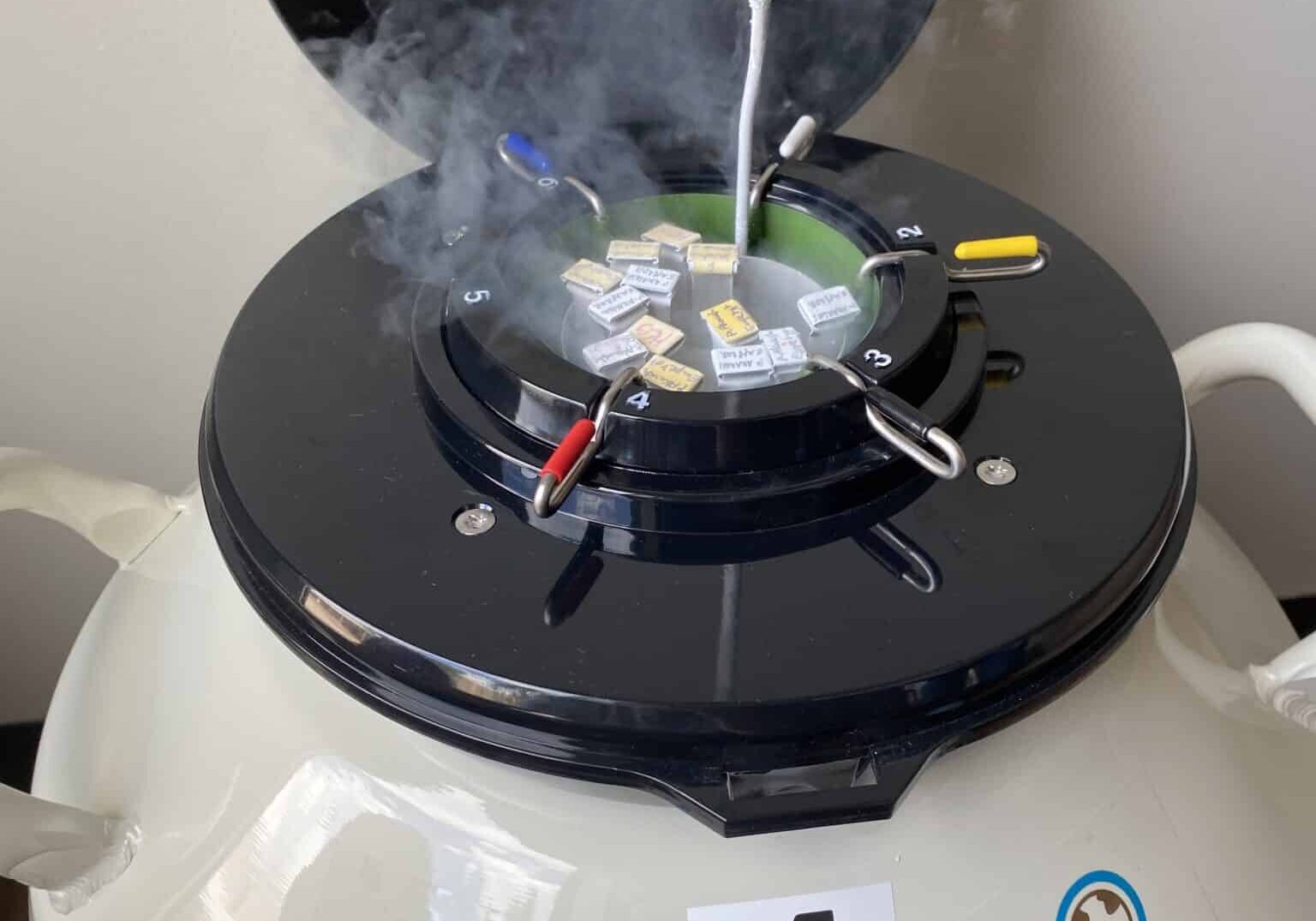
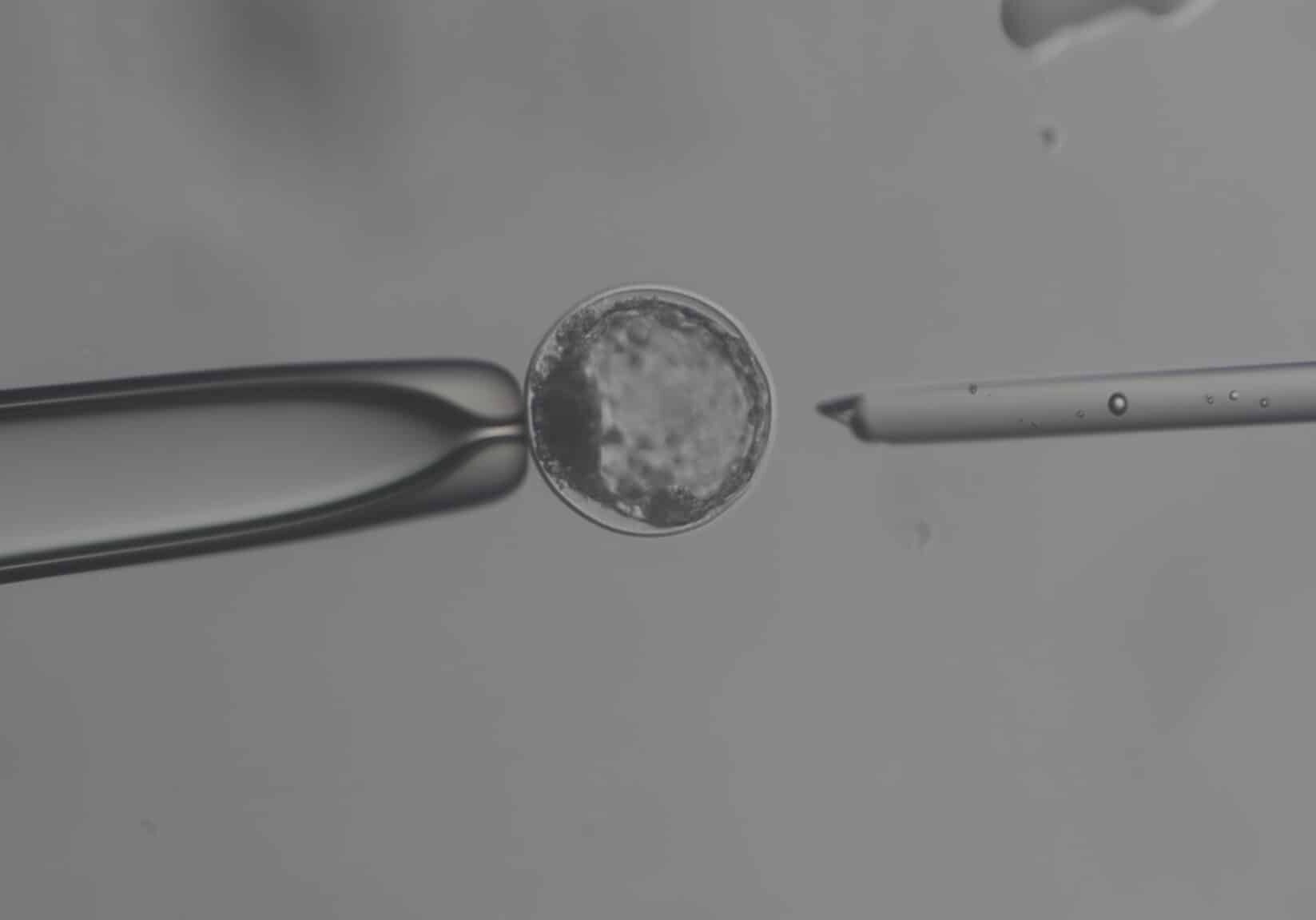
Embryo sexing
Using sexed embryos is a great way to increase the number of offspring from a selected gender according to your business requirements. Whether it is female-sorted semen to increase the number of high-quality heifers on a dairy farm or male-sorted sexed semen for the cattle industry.
Flow cytometers are used to sex sort sperm cells into male or female sperm cells and to reject any defective ones. Embryo production with sexed semen regularly achieves a 90% sexing success rate.
Key benefits of Maxximilk's embryo in-vitro production program
Propagate Superior Genetics
By increasing the number of offspring a single top-performance female donor can produce from one to 10 or more calves a year. By producing more offspring from a desirable mating in a short time you can enhance the genetic progress of the herd.
Preserve Valuable Genetics
Genetically elite animals can be repeatedly used as oocyte donors as often as twice a week (without hormones), increasing the number of embryos with favorable genes at any given time.
Wider Variety of Donors
Oocytes can be collected from various donors and transferred to recipients. This includes older & deceased cows for the preservation of valuable genetics, pregnant donors (first trimester), or pre-pubertal heifers leading to a shorter generation interval.
Less Hormones
Donor animals are not exposed to hormones unnecessarily, which prevents potentially harmful side effects. The quality and quantity of potential ovarian reservoir for each donor can be predicted using a simple blood test prior to collection, indicating if the use of hormones is recommended.
Quality Assurance
Only embryos with excellent morphological criteria (grade I) are selected for transfer for the best results.
Gender-selection
Embryos-for-transfer can be produced using conventional semen, sex-sorted semen, or reverse sorted semen, allowing herd management flexibility to achieve production goals.
Unlimited Mating Options
Multiple donors can be fertilized with one straw of semen, which reduces the cost of breeding, especially when using rare bulls. Alternatively, a single donor’s sample can be fertilized with multiple sires for a wide genetic diversity.
Cryopreservation
State-of-the-art freezing procedures enable year-round embryo transfer and recipient herd management flexibility.



